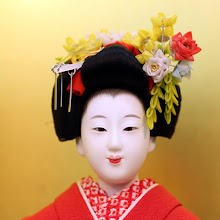The Koto consists of 13 strings stretched out against a soundboard made out of hallowed out paulownia timber. Traditionally these strings were made out of silk but modern Kotos use synthetic fibers. The strings are tuned using moveable bridges that are made of either ivory or plastic. In order to play the Koto one puts ivory pectrum on the thumb and first two fingers of the right hand. The left hand applies pressure in order to change the pitch.
It was during the 15th century that solos for the Koto came into fancy, these were known as sookyoku. By the 17th century the sookyoku was among the most popular entertainment for the wealthy merchant class. The popularity of the koto continued to grow as even more strings were added and students spend their lives studying the instrument.
Today the koto has somewhat decreased in popularity because of the influx of popular music. But music is still being written for all kinds of kotos including varieties with as many as 25 strings. The Sawai Koto School was founded in 1965 and is now the center of modern koto music in Japan. The school was founded by Tadao Sawai who was a prolific composer and brilliant koto player. Today International Sawai Koto Schools have been created in order to spread the culture and music of Japan to all areas of the world, as was the original dream of Tadao Sawai.





